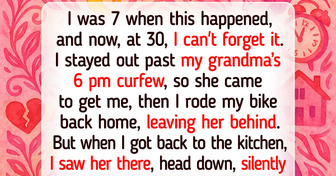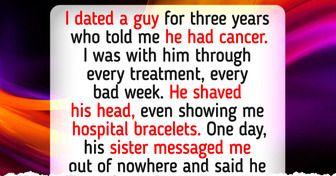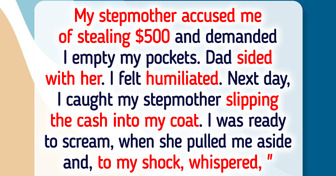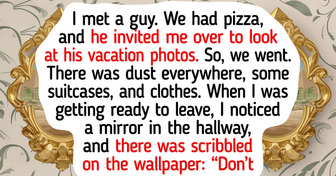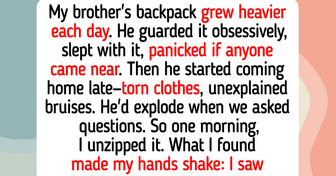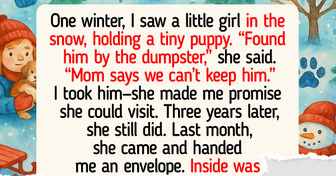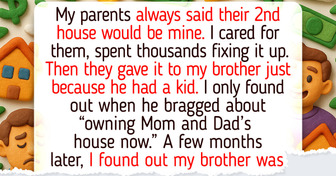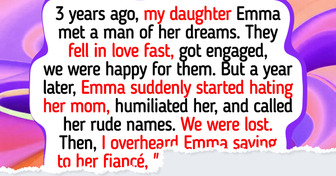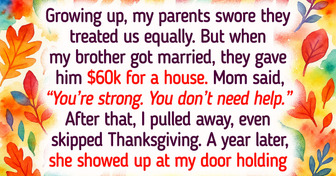Fans Are Struggling to Recognize Chris Hemsworth Because of His New Look, “He Looks Like Every Other Man Now”
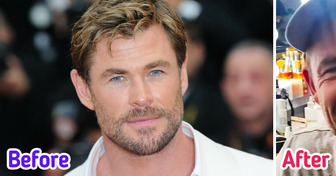
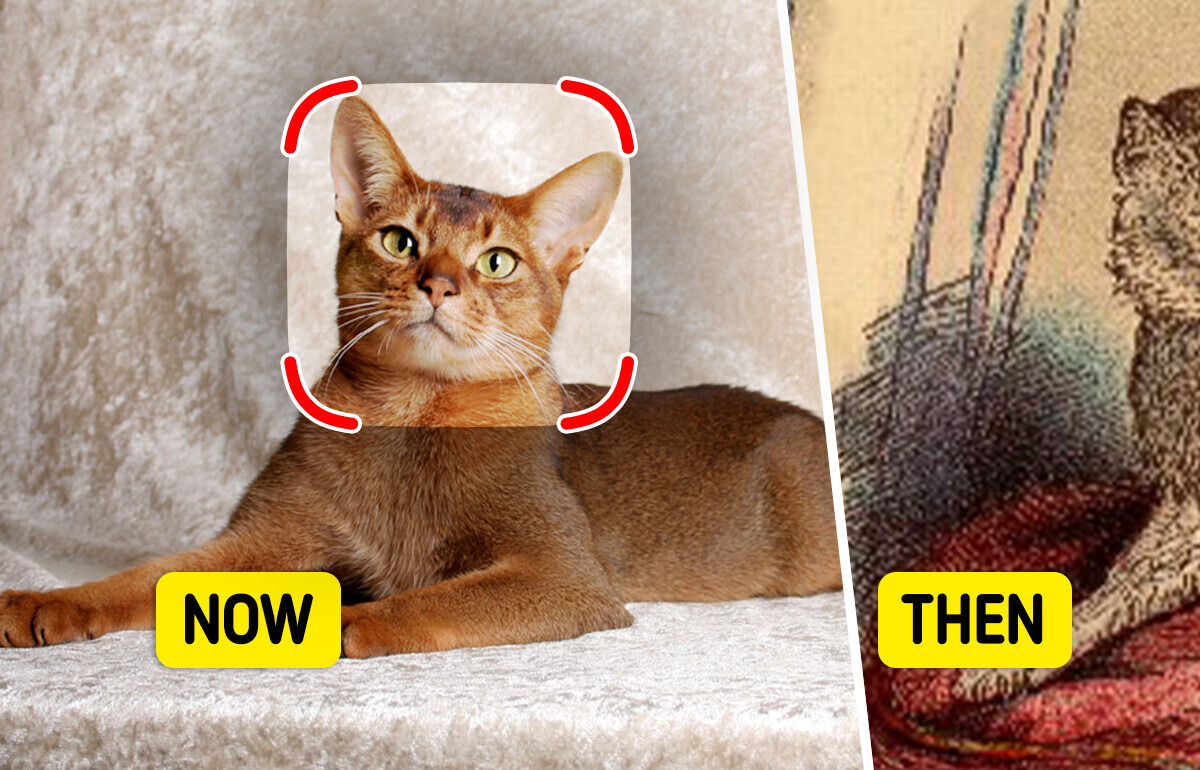
Selective breeding has worked wonders in transforming cats into the creatures we adore today, but it’s not all about looks. While we’ve enhanced their beauty, we've also unintentionally opened the door to some health hiccups. From genetic issues to new health challenges, these changes have had both positive and negative effects on our feline friends. Let’s take a closer look at how these transformations have impacted the health of the breeds we’ve explored.
🐈 Then: Early Siamese cats were sturdier, with broader faces and a more traditional build.
🐾 Now: Human intervention led to the sleek, angular appearance we associate with Siamese cats today. However, this change has made them more prone to dental problems and an eye disease that can lead to blindness. Their narrow faces and noses also make them more susceptible to respiratory issues.
🐈 Then: Maine Coons were originally large, rugged cats adapted to the cold, harsh winters of North America. They had sleeker bodies and less bushy tails compared to the modern version.
🐾 Now: Selective breeding to accentuate their large size and thick fur has made Maine Coons more prone to joint problems like hip dysplasia and heart conditions like cardiomyopathy.
🐈 Then: The Sphynx breed is believed to have originated from a natural hairless mutation in the 1960s, when a domestic cat gave birth to a hairless kitten. These cats were not initially completely hairless; they had sparse, fine fur. Over time, breeders selected for the hairless trait and the wrinkled appearance, which led to the distinct, modern Sphynx cat we recognize today.
🐾 Now: The selective breeding of hairless cats led to the distinct wrinkled appearance of the Sphynx. However, their lack of fur makes them vulnerable to issues like infections and skin cancer. Sphynx cats are also more prone to hypertrophic cardiomyopathy, a common heart disease in the breed, and require regular bathing to remove oils that would otherwise be absorbed by fur.
🐈 Then: The British Shorthair's origins trace back to the early days of cat domestication in Britain, where they were primarily used as working cats to catch pests and had a similar appearance to other European cats.
🐾 Now: The breed was refined through selective breeding to have a round face, dense coat, and stocky build. This has led to health problems such as obesity, which can lead to diabetes and joint problems. British Shorthairs are also prone to hypertrophic cardiomyopathy, a common heart condition.
🐈 Then: The Scottish Fold's defining trait, the folded ears, is due to a genetic mutation that was first observed in a barn cat named Susie in the 1960s. Before this mutation, Scottish Folds were just like any other domestic cats, with straight ears and a more typical appearance. It was only after the mutation appeared in Susie’s kittens that breeders began selectively breeding for this unique characteristic, which led to the creation of the Scottish Fold breed we know today.
🐾 Now: The mutation responsible for the folded ears also affects cartilage throughout the body, leading to joint problems like osteoarthritis. This can cause stiffness and pain, especially in older cats. Additionally, their unique ear shape makes them more prone to ear infections, requiring regular cleaning and care.
🐈 Then: Bengal cats were created by crossing domestic cats with the wild Asian leopard cat. Before this selective breeding, domestic cats, like many others, did not have the striking, exotic markings that Bengals are known for today.
🐾 Now: Bengal cats were selectively bred with the wild Asian leopard cat, giving them their signature spots and wild appearance. However, this selective breeding has made them more prone to heart conditions like hypertrophic cardiomyopathy and progressive retinal atrophy. They are also highly energetic, and without proper exercise, they can suffer from obesity and joint issues.
🐈 Then: The Abyssinian cat's origins have long been a subject of debate among feline enthusiasts and historians alike. While their sleek, ticked coats and lithe physiques suggest a connection to wild ancestors, pinpointing their exact lineage is challenging. One prevalent theory posits that Abyssinians are descendants of the African wildcat, native to regions encompassing Africa and parts of the Middle East.
🐾 Now: Selective breeding focused on the stunning ticked coat pattern and slim, athletic body that defines modern Abyssinians. Unfortunately, this has made them more susceptible to dental issues like gingivitis and periodontal disease. They are also more prone to developing renal disease as they age, which requires careful monitoring by their owners.
🐈 Then: Before becoming the iconic long-haired, round-faced cats we know today, Persian cats were more similar to wild long-haired cats. They had angular faces and less pronounced snouts.
🐾 Now: Selective breeding emphasized their round faces and long, flowing coats. While this made them visually stunning, the flat-faced nature of modern Persians has caused significant health issues, including respiratory problems. Their long fur also requires constant grooming to prevent matting, and if neglected, it can lead to skin problems.
🐈 Then: Before they were selectively bred for their docile temperament and large size, Ragdolls were simply long-haired domestic cats.
🐾 Now: Ragdolls were bred for their affectionate nature and a docile, placid temperament. Their large size has led to an increased risk of hip dysplasia and cardiomyopathy. Their large frame can also make them more prone to obesity, which exacerbates these issues. Ragdolls are also prone to urinary tract issues and need a well-managed diet to avoid complications.
As we’ve seen, human intervention in the form of selective breeding has transformed many cat breeds into the beloved companions we know today. But over the past century, selective breeding has significantly transformed various dog breeds as well. Check how they were reshaped by humans.

